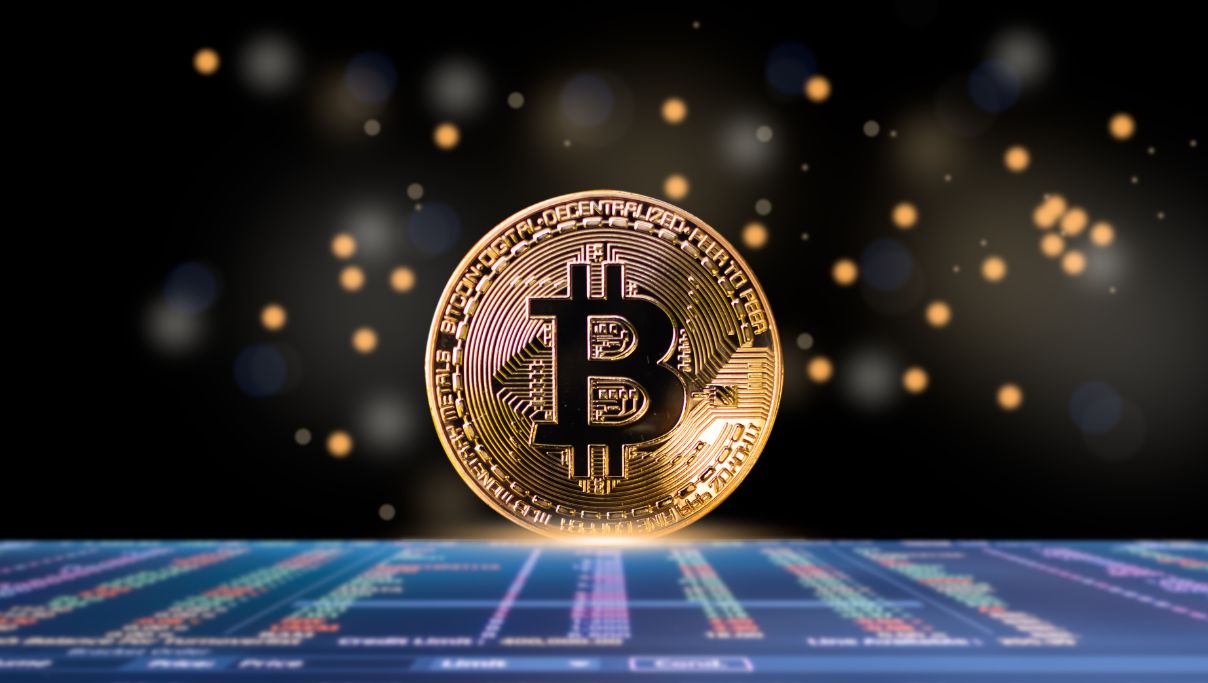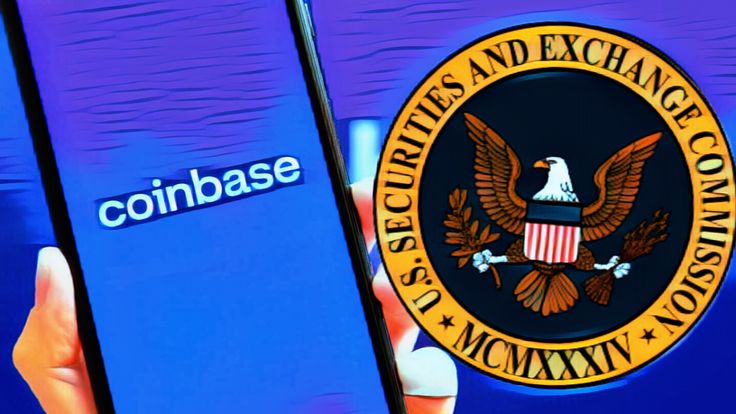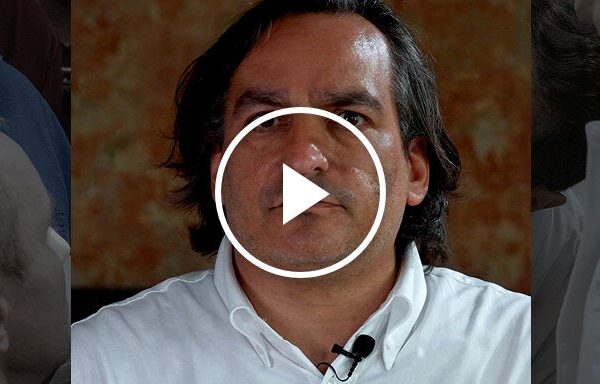
Ayandeh Bank, one of Iran’s largest private lenders, was formally shut down by regulators on October 23, 2025, leaving millions exposed to uncertainty — a moment that revived talk about Bitcoin’s original warning against trusting banks too much.
The Central Bank revoked the bank’s license after finding massive capital shortfalls and risky lending tied to a small group of insiders. The move has shaken confidence in a system already under strain.
Regulator Moves To Protect Depositors
According to the Central Bank, Ayandeh’s branches and customer accounts will be absorbed by state-owned Bank Melli Iran and depositors will be able to access their funds from October 25.
Reports have disclosed that roughly 42 million customers could be affected by the transfer. Officials say the jobs of many branch staff will continue under the new banner, and that ordinary savers’ deposits are guaranteed by the state. Still, the scale of the intervention has left many account holders anxious.
One of Iran’s biggest banks is bankrupt
“…Founded in 2012, Ayandeh Bank had a network of 270 branches across the country, including 150 in the capital Tehran alone.
But it had more recently been crippled by debt, with accumulated losses amounting to the equivalent of about… pic.twitter.com/CkBwmioodj
— kristen shaughnessy (@kshaughnessy2) October 26, 2025
Massive Losses And Overdrafts Revealed
Based on reports from financial monitors, Ayandeh carried losses of about 5.5 quadrillion rials, roughly $5.1 billion, and overdrafts amounting to about 3.13 quadrillion rials, or close to $3 billion.
One regulator described the bank’s capital adequacy ratio as deeply negative, with figures cited near -600%. Banking supervision officials have said that more than 90% of the bank’s funds were tied to related parties and large construction projects, which left the balance sheet dangerously concentrated.
The collapse has been blamed on poor governance and risky lending practices. Ghani-Abadi, a senior official in banking supervision, said the bank allocated most of its money to groups linked to its own management. That statement added to a sense that internal controls had failed over many years.
Total crypto market cap at $3.84 trillion on the daily chart: TradingView
A Sector Under Strain
Regulators have warned that several other banks could face trouble if reforms are not pushed through. Some statements have pointed to at least eight banks showing signs of distress, fueling online chatter that Bitcoin’s appeal grows stronger each time a traditional bank stumbles.
Economic pressure from sanctions, limited access to international markets, and a weakening currency have left Iran’s banking system vulnerable. Analysts warn that the state’s step to take on Ayandeh’s liabilities will raise the fiscal burden and could force tighter oversight elsewhere.

Central banks need to stay alert to the growing challenge posed by cryptocurrencies. Image: Warwick Business School.
Public Reaction And The Wider Impact
There is talk among savers and market watchers that the bank’s collapse may push some people toward alternatives, including foreign currency holdings or crypto, as a hedge against local bank risk.
That view is reported more as public sentiment than as a confirmed shift. Depositors’ immediate concern is access to cash and whether service interruptions will follow during the migration to Bank Melli’s systems.
Bitcoin To The Rescue?
Reports suggest some Iranians are turning to crypto after Ayandeh’s collapse, viewing it as a safer place for savings. While there’s no clear data yet, the bank’s failure revived old arguments that digital assets offer shelter from financial mismanagement and currency loss.
For many, it’s a reminder of why Bitcoin was created in the first place — to operate outside failing banks.
Featured image from Gemini, chart from TradingView

Editorial Process for bitcoinist is centered on delivering thoroughly researched, accurate, and unbiased content. We uphold strict sourcing standards, and each page undergoes diligent review by our team of top technology experts and seasoned editors. This process ensures the integrity, relevance, and value of our content for our readers.















